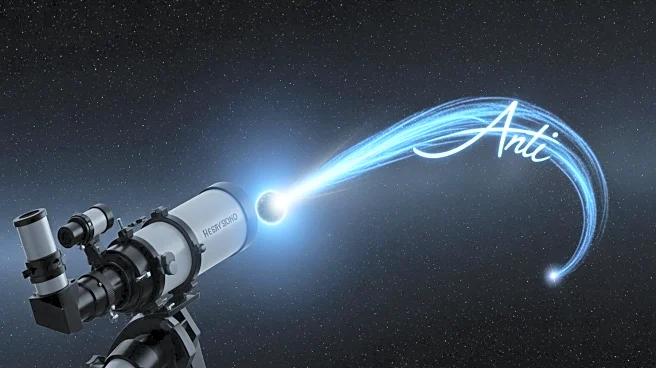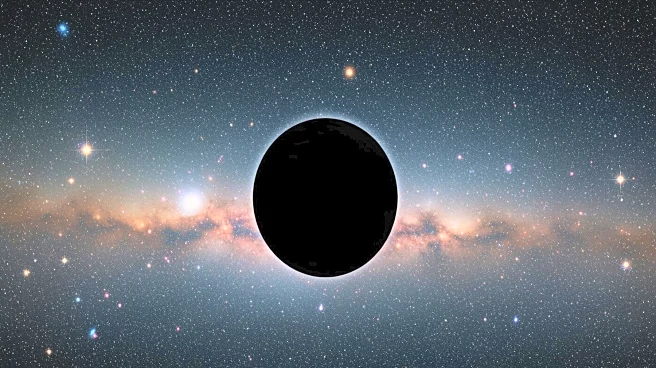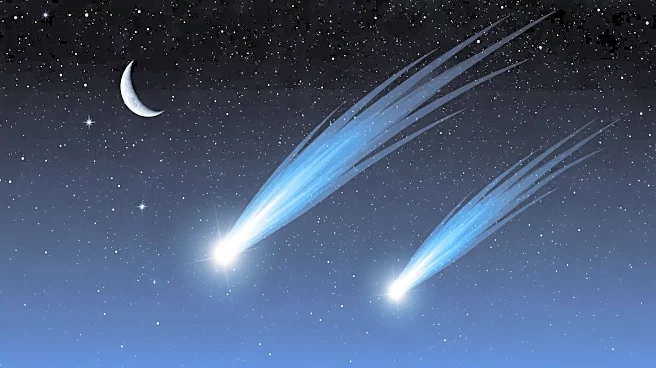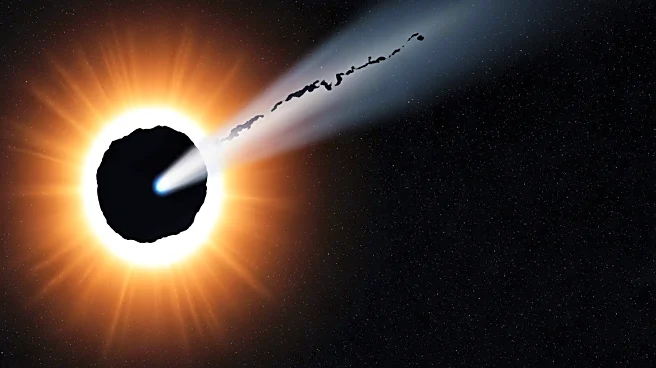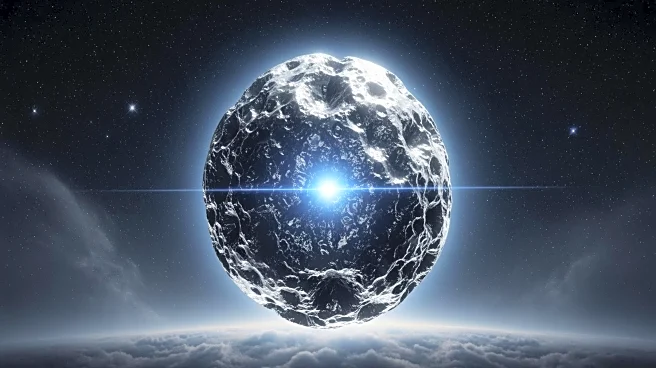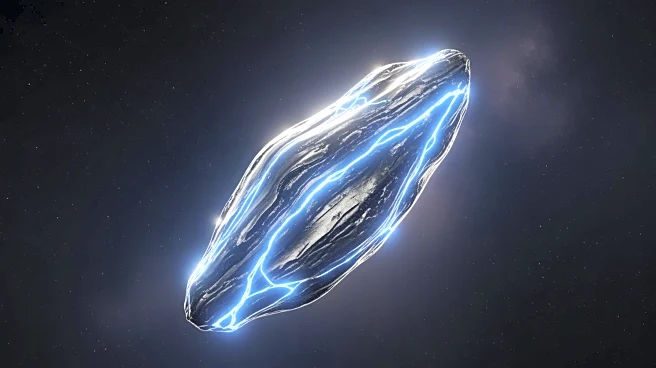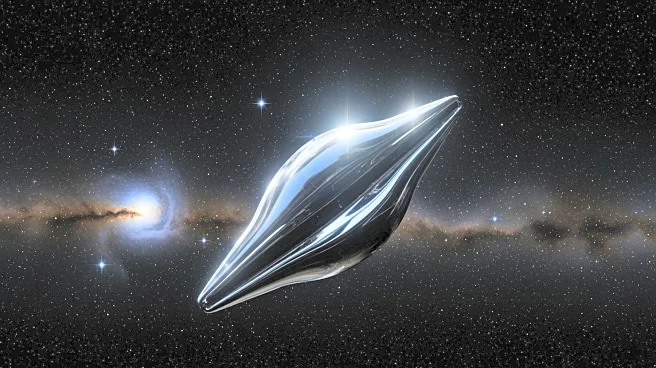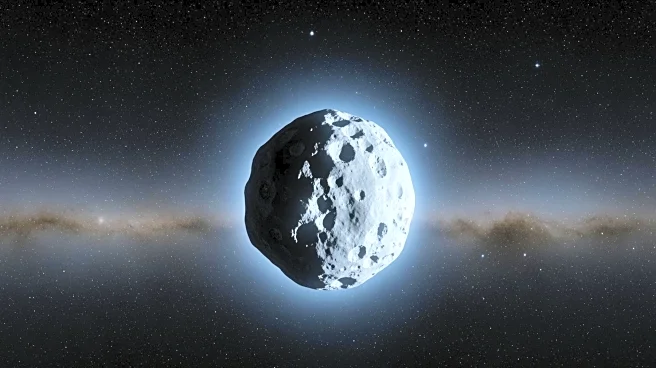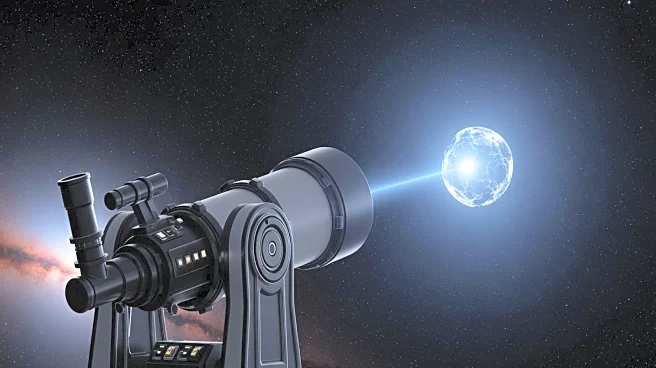What's Happening?
The Keck II telescope in Hawaii has observed an unusual phenomenon involving the interstellar object 3I/ATLAS, which is suspected to be an icy comet. The telescope detected an anti-tail extension pointing towards the Sun, a behavior not typical for comets.
This observation was made when the object was over 2.5 times the distance between the Earth and the Sun. The anti-tail was confirmed through data showing cyanide and nickel outgassing in both directions relative to the Sun. This finding challenges the usual cometary behavior where tails are pushed away from the Sun by solar radiation pressure.
Why It's Important?
The discovery of an anti-tail on 3I/ATLAS is significant as it challenges existing cometary models and suggests new dynamics in interstellar objects. This could impact our understanding of cometary physics and the behavior of interstellar objects. The phenomenon might be due to larger dust grains resisting solar wind or rapid spinning of the comet's core, releasing debris in both directions. This discovery could lead to new insights into the composition and behavior of interstellar objects, potentially affecting future space exploration and study of similar celestial bodies.
What's Next?
3I/ATLAS is expected to make a close approach to Jupiter, providing an opportunity for further observation by NASA's Juno spacecraft and the European Space Agency's Juice spacecraft. These observations could offer more data to understand the object's unique characteristics. The scientific community may also explore the implications of the anti-tail phenomenon on existing cometary models and consider revising theories about interstellar objects.
